The Basenji is, an Ancient Pure Breed, is one of the oldest purely bred dogs in modern existence. Their sisters and brothers are still used today as hunting dogs in Central Africa.
7 Commonly Asked Questions about the Basenji Breed Dog:
1. Basenjis cannot bark. Is this true? Yes, Basenjis are barkless dogs. They can growl and whine normal dog sounds, and also do a variety of “talking” sounds. The yodel sound that the Basenji makes is a happy, joyful sound. Some Basenjis are quieter, while others are very vocal.
2. Can Basenjis be tolerant with children? They are not always very tolerant of younger children and won’t tolerate rough and unfair treatment. Teach the children to respect the dog and to never tease or hurt the dog. Dogs and children should never be left unsupervised. In general, Basenjis enjoy being with children, but should never be roughhoused played by adults or children.
3. Can a Basenji dog co-exist with a cat or other smaller pet? If the cat and Basenji puppy are raised together, they might get along or maybe just tolerate each other. Trying to get older Basenjis to socialize with cats or other small pets may present problems.
4. Should you ever take the leash of a Basenji when at the park or on the beach? That would not be recommended. They get distracted very easily and can engage in a chase at any time. They cannot be relied on to come back when you call them. Their instinct is to follow and chase and they would be vulnerable running loose in traffic.
5. Do Basenjis shed hair? Yes, however, because of the shortness of their hair and the fine texture, you will hardly notice their shedding. They shed hair throughout the year as any other dog would.
6. Do Basenjis give off a doggy odor? Even when wet, the Basenji breed does not give off that doggy odor. They keep themselves clean and neat with grooming methods like a cat. Basenjis do not like to get dirty and will clean themselves whenever they do.
7. Do Basenjis like to destroy things? Basenjis like chewing and will chew on anything that they can reach. Keep doors closed where you do not want them to do mischief. Provide them with enough chew toys and also give them lots of exercise, taking them on long walks.
Basenji dogs still have the characteristics that their historic ancestors needed to survive in their place of origin in Central Africa. Therefore they still are essentially a hunting dog, needing a pack to live with and ready for action at any time.

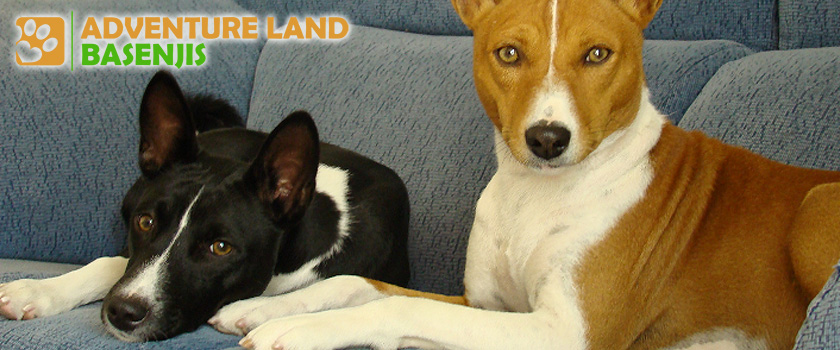
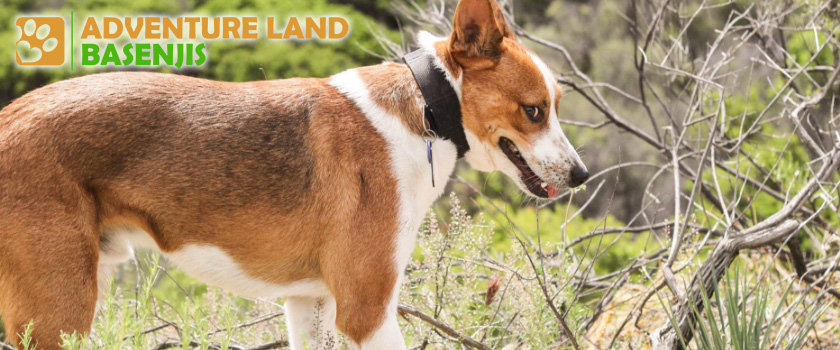

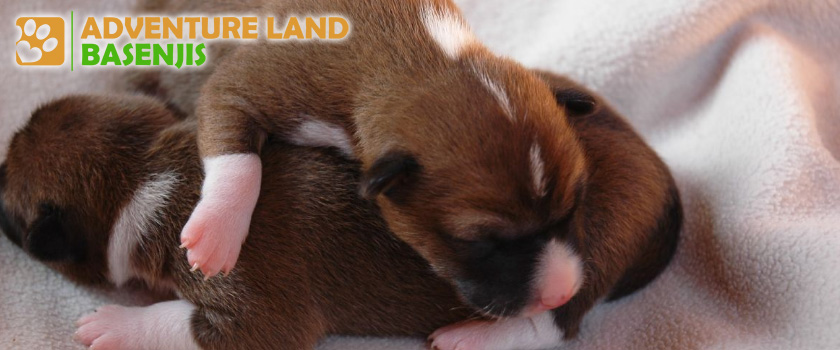

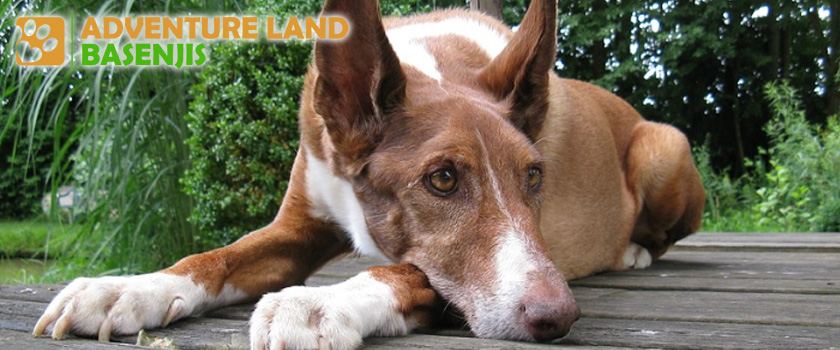

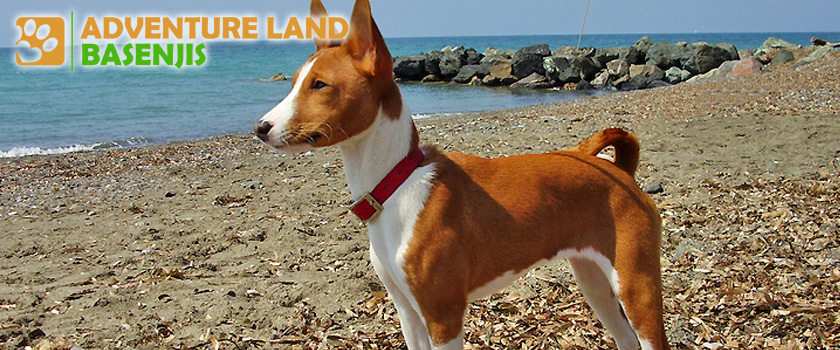

 1. The Basenji Dog needs plenty of walks; although this dog will fit into city-life and smaller spaces, you need to take them on long, brisk walks. These dogs love freedom and open, quiet spaces. When taking them out choose the times of day that does not have too much hustle and bustle. Also avoid places with a lot of people around. Be careful with leaving doors and gates open, and make sure that the barriers keeping this breed inside are efficient. They will walk off if the opportunity presents itself.
1. The Basenji Dog needs plenty of walks; although this dog will fit into city-life and smaller spaces, you need to take them on long, brisk walks. These dogs love freedom and open, quiet spaces. When taking them out choose the times of day that does not have too much hustle and bustle. Also avoid places with a lot of people around. Be careful with leaving doors and gates open, and make sure that the barriers keeping this breed inside are efficient. They will walk off if the opportunity presents itself.